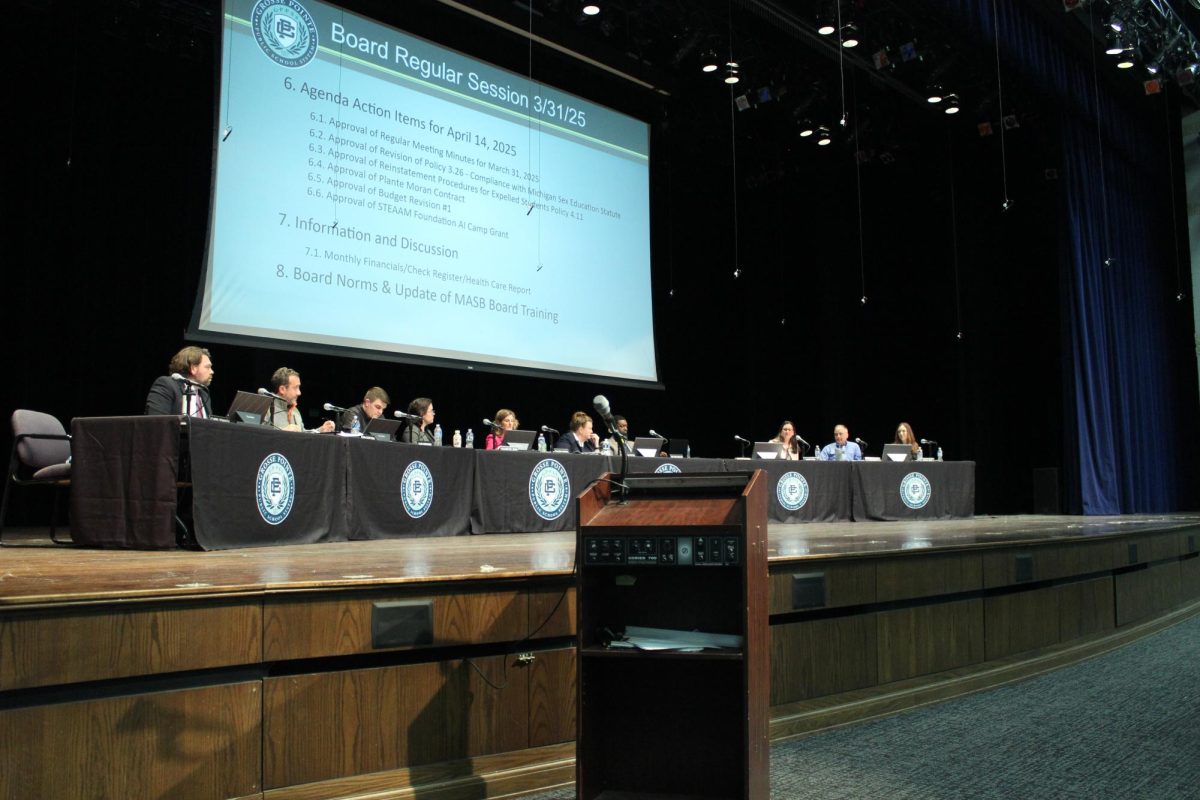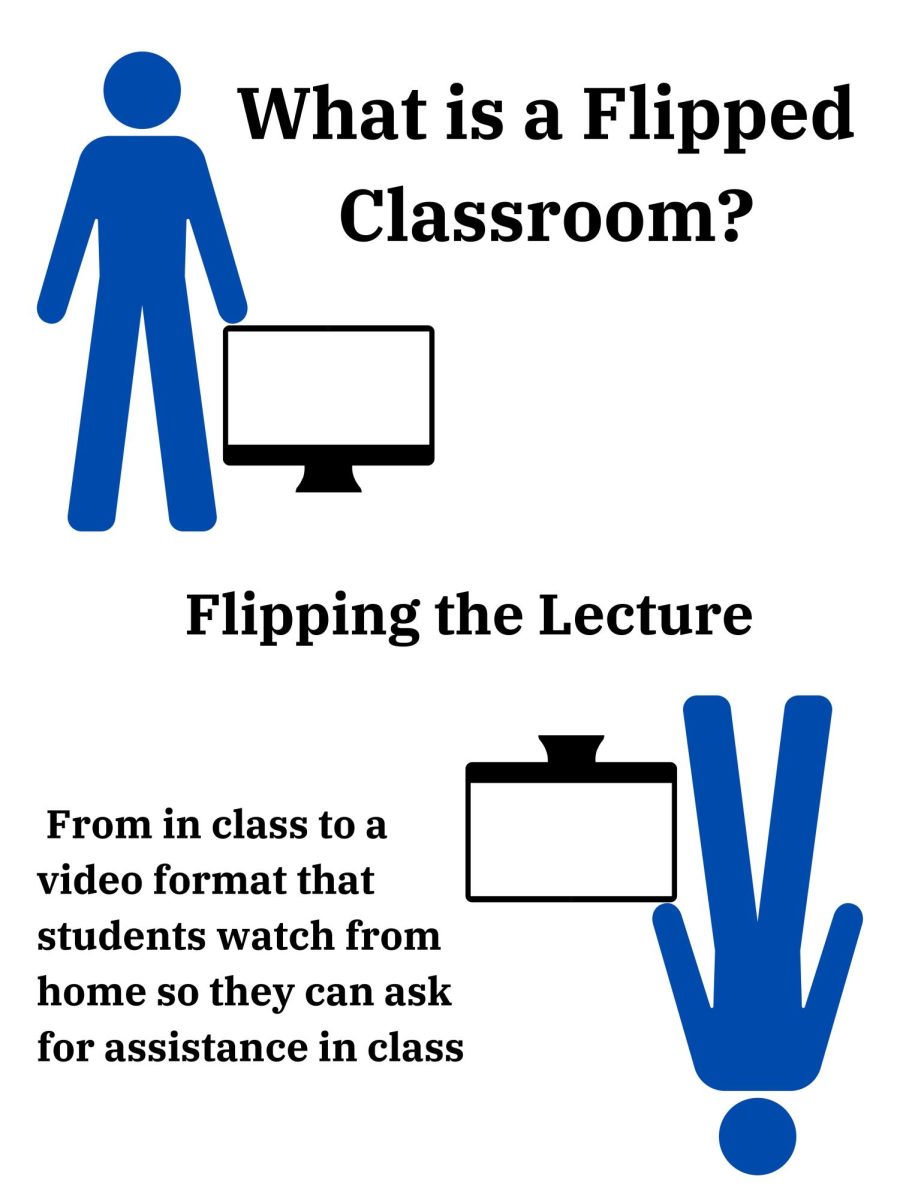An anxious feeling falls upon a teacher as many hands raise, each student sitting at their desk hesitant to lift their sleepy arm to ask for help from the notes from the night before. Their eyes drooped due to their reliance on screens for their source of education. The students staring back at their blank paper watch as their teacher flies through the room from desk to desk desperate to assist, incapable of getting to everyone. Failing in their efforts, they end up re-teaching the lesson from the night before.
The switch to a flipped classroom approach is ruining the typical classroom environment and is not a sustainable way to set a high school student up for a successful college career.
Flipping a classroom setting revolves around relying heavily on the use of technology. This consists of watching video notes at home and doing worksheets in class. Due to extracurricular activities, many students do homework at night, leading to unretained knowledge and drowsiness, according to the Healthier Workforce, therefore having students go into class unprepared for the worksheet ahead of them.
Due to this lack of understanding and the growing class sizes, this leads to extra pressure on the teacher. The main priority of a flipped classroom is to get one-on-one assistance; however, with this model and lack of retention, students end up being dismissed in class when asking questions simply because of the ratio of student to teacher. Therefore, the student is forced to finish in-class work at home because of the time that passes before they receive enough guidance to move on. This leads to added stress levels and piled-up homework for both the teacher and students.
Although flipped classrooms can teach students time management, the added stress on students of extra class work and on teachers for extra grading work and being easily accessible for help outweighs the time management agreement.










































































